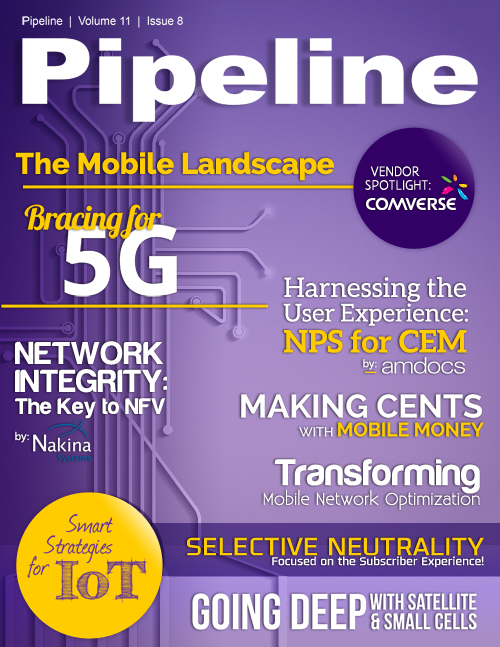Fulfilling the Mandate for Universal Connectivity
By: Israel Nov

The challenge and potential in connecting the unconnected
As the internet access becomes entrenched in our daily lives, broadband connectivity is increasingly perceived at the national level as a fundamental need, along the lines of basic utilities and public education, rather than a luxury. Dozens of countries have rolled out ambitious plans to provide broadband coverage - usually 2G or 3G - to all their residents, no matter how remote. Even those countries with no formal governmental universal service obligations (USO) program make no secret of their desire to provide nationwide broadband coverage. When awarding tenders, regulators in those countries often look favorably upon service providers willing to cover remote areas and often make such service a mandatory condition. In some cases, governments even offer subsidies to service providers to help defray costs of network implementation.
This well-meaning initiative, however, has a cost. Either low ARPU or very sparse population, along with the time and expense of infrastructure deployment, makes serving these areas an unattractive economic proposition for mobile network operators (MNOs). Nonetheless, USOs, both formal and informal, will continue to grow; the new imperative for mobile operators, therefore, is to provide reliable broadband service with minimal expense. Once this network is in place, other benefits may follow. Over time, investment in these areas today may precipitate business growth, eventually increasing in rural ARPU down the road; indeed, some network operators have been pleasantly surprised by the high volume of traffic in rural areas. With this in mind, large IT companies are willing to finance broadband infrastructure in rural areas; they are willing to help those in need, but at the same time they know they are cultivating new markets for the future.
Small cell to the rescue
MNOs are intimately familiar with macro cells, so it is no surprise that they are naturally inclined to view network expansion in terms of macro cell deployment. Because macro cells enjoy high capacity and wide coverage, their popularity is understandable. In a rural environment, however, macro cells lose their luster. Limitations of terrain and distance unique to rural areas conspire to counteract the macro cell’s greatest strengths.
Macro cells are costly to deploy and are often “overkill” in rural areas. In high ARPU areas, macro cells are considered a sound investment, reasonably likely to pay for itself over time. Low ARPU areas and sparsely populated regions, however, offer no such guarantee. Network operators obliged to provide rural coverage cannot rely on macro cells to be cost-effective. The major CAPEX and OPEX expenditures associated with macro cell deployment are a significant barrier. For rural connectivity to be economically feasible, a lower-cost solution is required.
Let’s take a closer look at the comparative cost of deploying macro cells versus small cells. The TCO of a three-sector LTE macro cell over a five-year period has been approximated at $280,000. For comparison’s sake, the TCO of a 3G small cell over a similar period is less than a sixth of this price (Senza Fili, 2012). For the cost of a single macro cell deployment, a network operator can deploy several small cells, and do so far more rapidly. This is often sufficient; in rural areas, the population centers, however small, tend to be clustered together.
A well-designed network architecture will include both macro cell and small cell types, leveraging the advantages unique to each.
The economic advantage of small cells hasn’t gone unnoticed; network operators have started to note the advantages of diverse cell types. Northern Sky Research forecasts that by 2021, the number of small cell sites will exceed macro cell sites in rural areas. The interest is understandable. Designed to handle data, small cells deploy rapidly and require minimal battery usage; they can even run on solar power. In the final equation, they represent an effective complement to macro cells in an optimized network.



















